Early photography had little or no bounds as to subject matter. From photos of executions to photos of medical experimentation, people loved taking pictures of anything and everything, including scenes that would not be photographed today. One place that was a popular setting for photographs was the university dissection lab – despite the secrecy that surrounded the source of the cadavers, medical students loved having their photos taken while peeling back layers of humanity. These dissection photos show students posing in front of cut up bodies, the earlier 19th century ones often with pithy sayings written on chalkboards or the dissection table – “such the vultures love” or “he lived for others, he was killed for us”.
 The book Dissection: Photographs of a Rite of Passage in American Medicine 1880-1930 by John Harley Warner and James M. Edmonson contains photos taken of and by American medical students with “their” bodies, including joke photos and even a Christmas card (see some photos from this book below), and a review from Publishers Weekly notes that the majority of the deceased were black Americans.1 In fact, the black American community has long had so-called myths about the use of black bodies in medical experimentation and dissection, stories of “Night Doctors” or “Night Riders” who would rob the bodies from black cemeteries or even kidnap and kill black men and women in order to use their bodies for dissection in medical schools. Two hospitals with terrifying reputations in the black community are John Hopkins Hospital in Baltimore and the Charity Hospital in New Orleans, where it was believed that any black people in the vicinity at nightfall were considered fair game for murder and medical use.2
The book Dissection: Photographs of a Rite of Passage in American Medicine 1880-1930 by John Harley Warner and James M. Edmonson contains photos taken of and by American medical students with “their” bodies, including joke photos and even a Christmas card (see some photos from this book below), and a review from Publishers Weekly notes that the majority of the deceased were black Americans.1 In fact, the black American community has long had so-called myths about the use of black bodies in medical experimentation and dissection, stories of “Night Doctors” or “Night Riders” who would rob the bodies from black cemeteries or even kidnap and kill black men and women in order to use their bodies for dissection in medical schools. Two hospitals with terrifying reputations in the black community are John Hopkins Hospital in Baltimore and the Charity Hospital in New Orleans, where it was believed that any black people in the vicinity at nightfall were considered fair game for murder and medical use.2
While these are written off as myths by the American medical establishment, there is ample evidence that these stories are based in reality. In her book Medical Apartheid: The Dark History of Medical Experimentation on Black Americans from Colonial Times to the Present, Harriet A. Washington shows how black Americans were targeted through legislation and racial bias for medical experimentation and dissection. Using white bodies was considered “offensive” to the white community, so instead black bodies were marked as homeless or without family (when in actuality, often they were neither) or just used without the consent of their families for medical dissection. An ad from the Medical College of South Carolina from 1824 states: “No place in the United States offers as great opportunities for the acquisition of anatomical knowledge. Subjects being obtained from the colored population in sufficient numbers for every purpose, and proper dissection carried out without offending any individuals in the community.”3 Dissection was considered a shameful practice, and so “physicians appropriated the bodies of enslaved persons with no legal rights or those of free blacks with no rights that a white man was obligated to respect.”4 But the south was not alone in its exploitation of black people – in fact, the northern schools often relied on exports of black bodies from the south for their medical research.5 In the mid-1800s, states began to pass laws which allowed the use of the “friendless poor,”6 but how rigorous were the coroners when it came to finding a cadaver’s friends? Washington argues that despite the legislation passed to regulate the procurement of medical cadavers, black Americans continued to be at the mercy of the American medical establishment when it came to dissection and experimentation – just look at the Tuskeegee Experiments, conducted by the US government until 1972, almost 150 years after the Medical College of South Carolina bragged about their use of black American bodies.
Many of the photos below show students descending on a body, scalpel in hand, ready to learn about human anatomy. A noble pursuit, perhaps, but when you consider that many of the bodies on their slabs had not given legal consent to be dissected, and may have been robbed from their very graves, it adds an extra layer of macabre to the story these pictures tell. And when you consider the racial politics at play, it becomes downright disgusting to contemplate.
Sources:
4. ibid. p 121
5. ibid. p 130
6. ibid. p 129



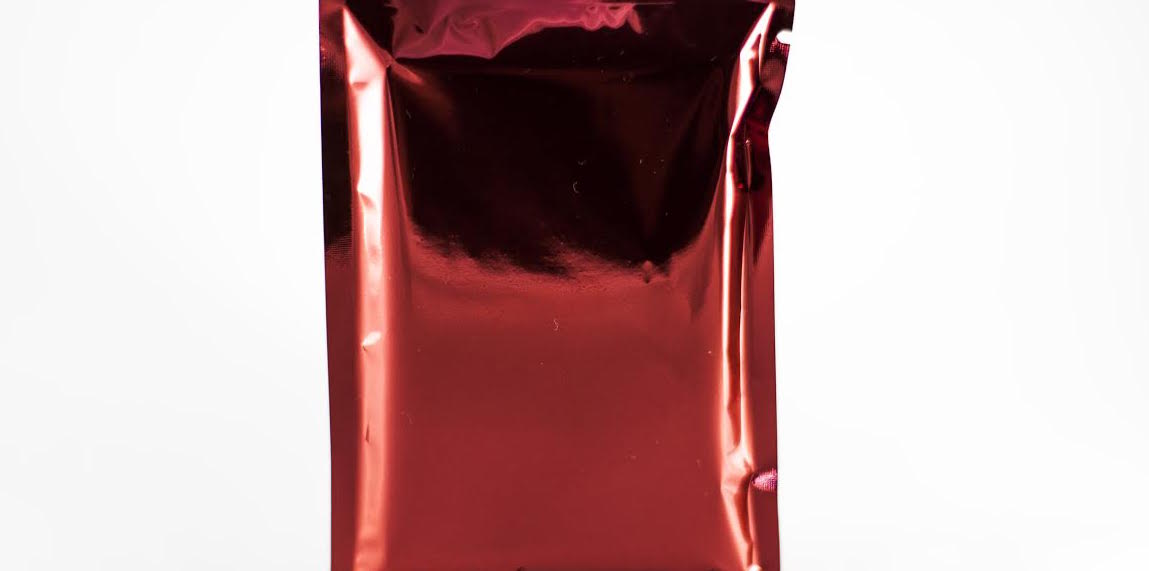
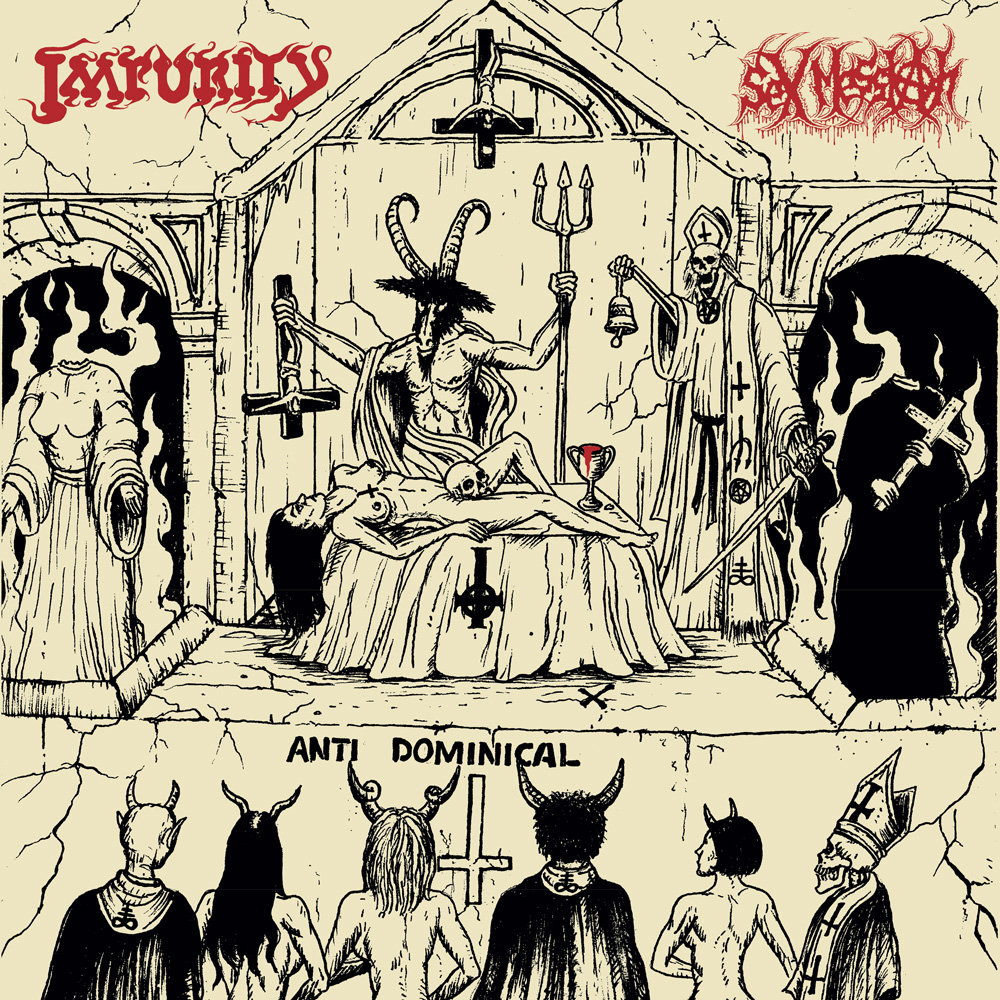

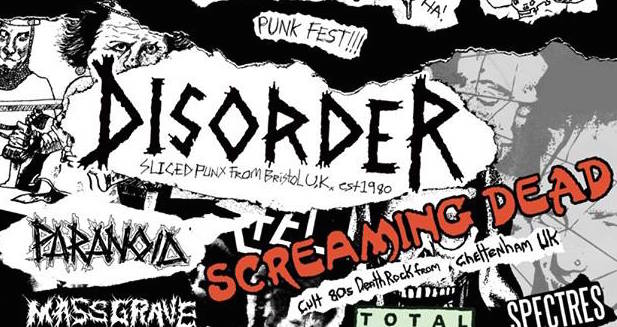

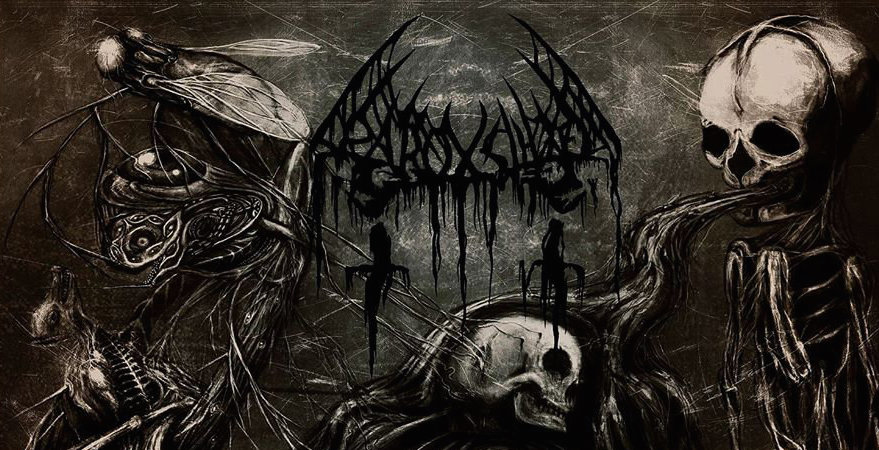
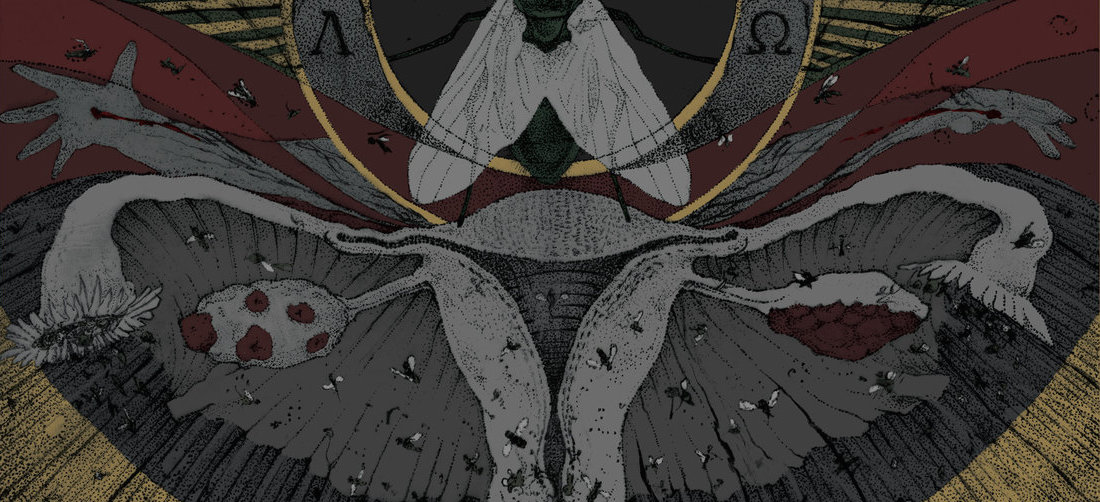
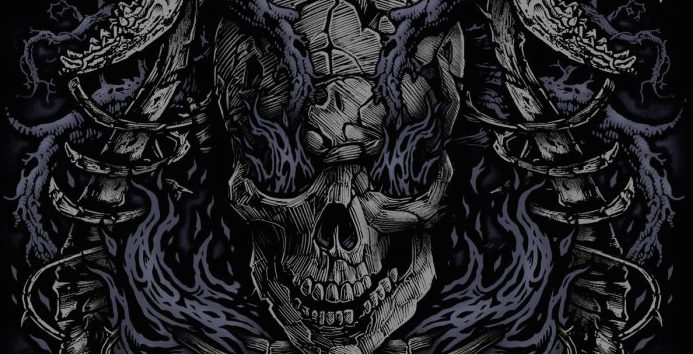
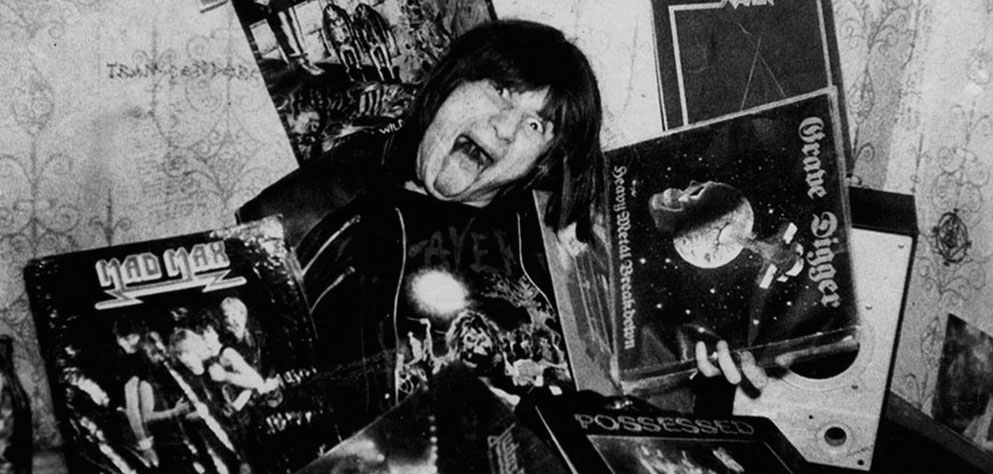
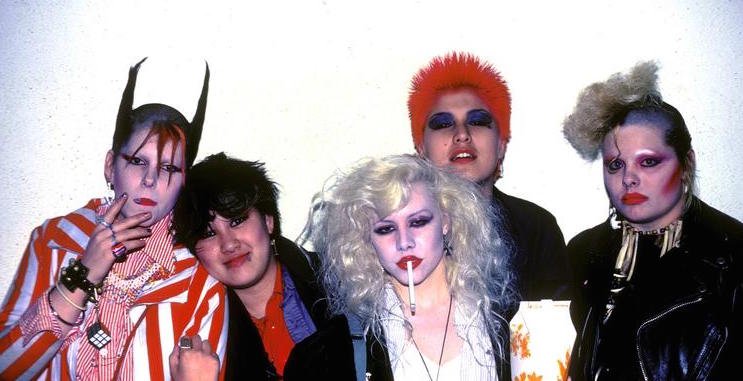
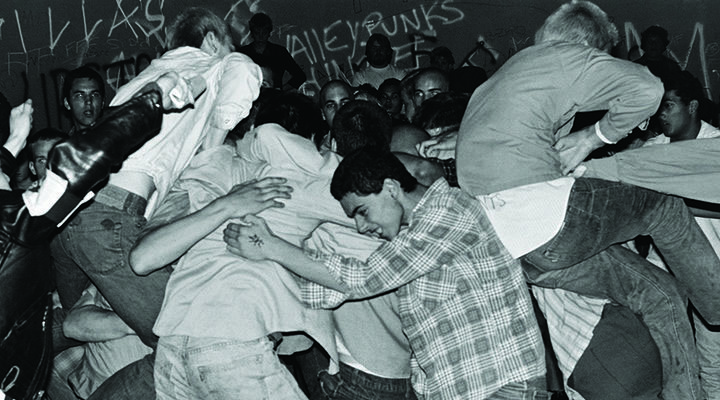


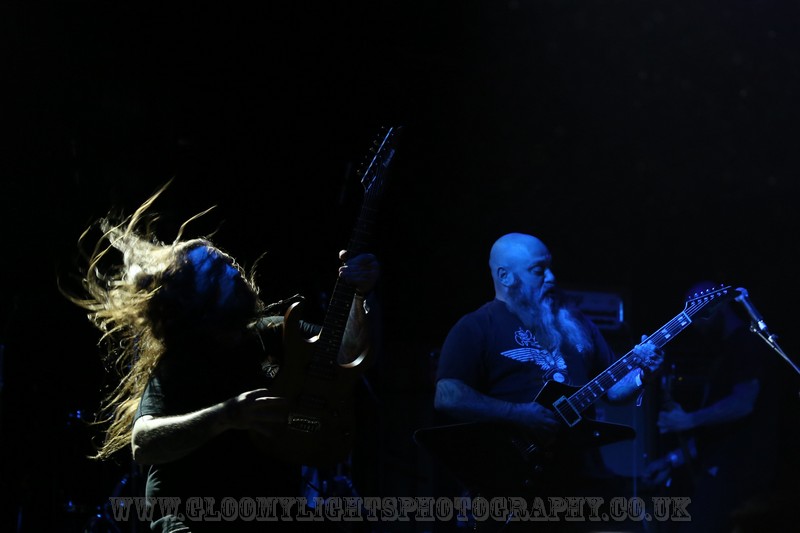


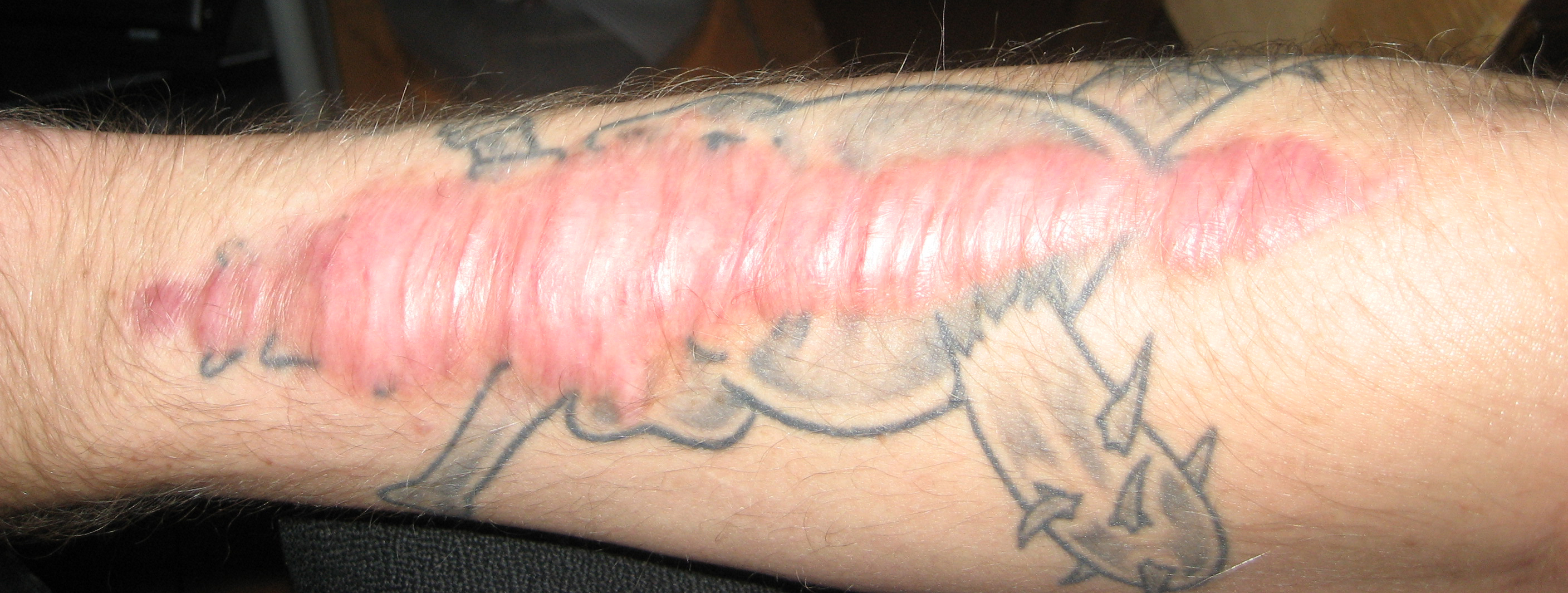
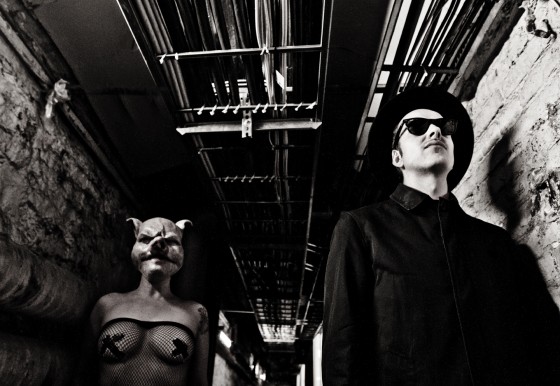
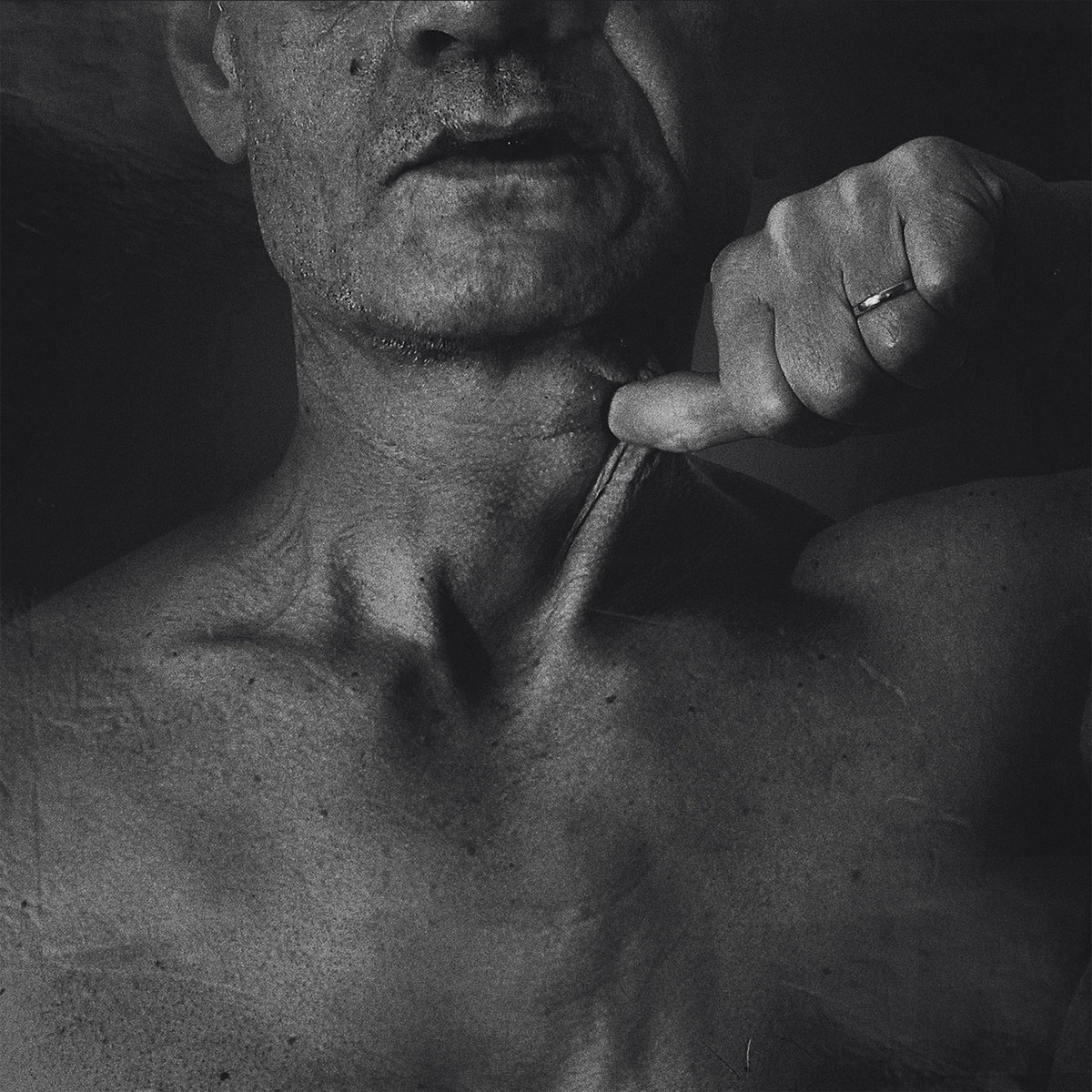
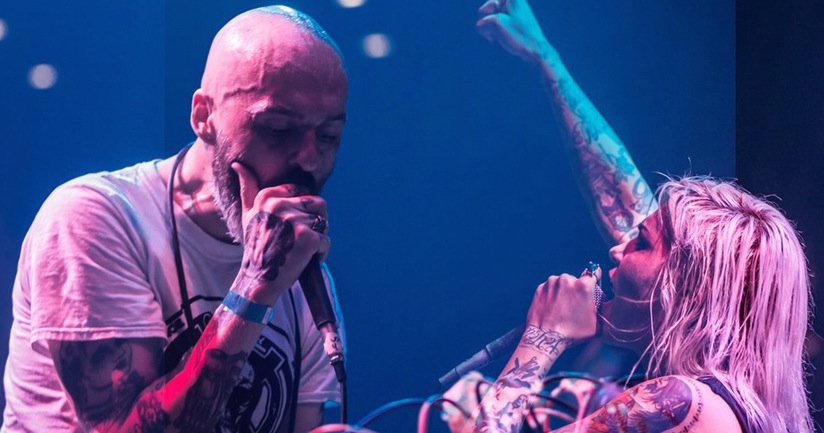
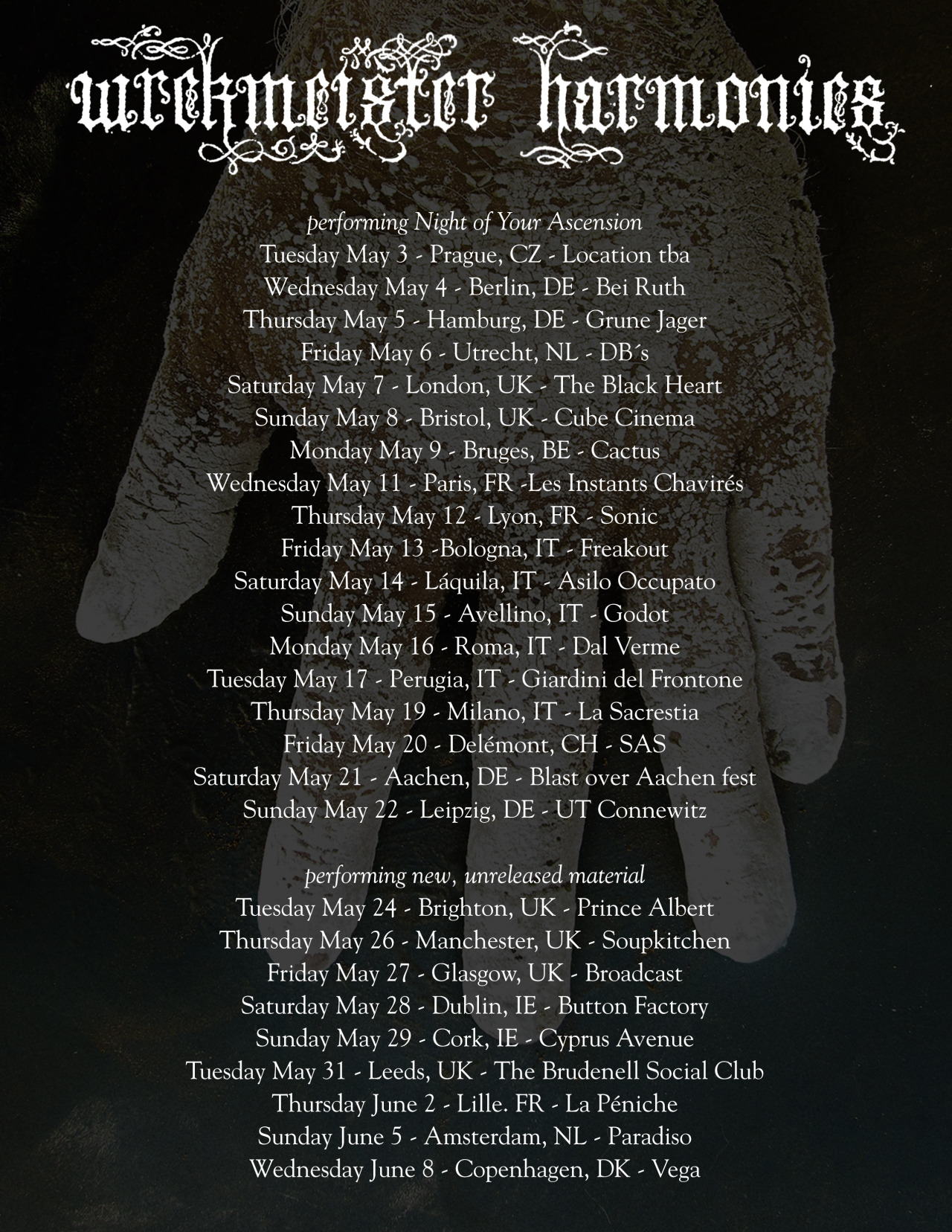
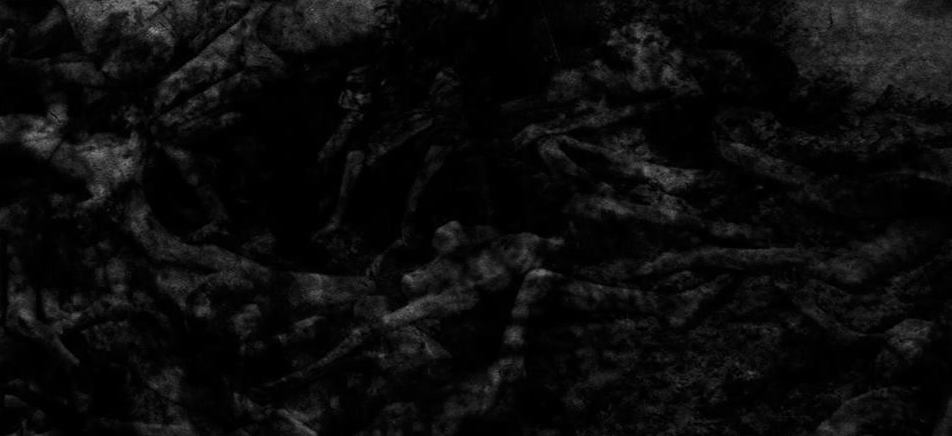

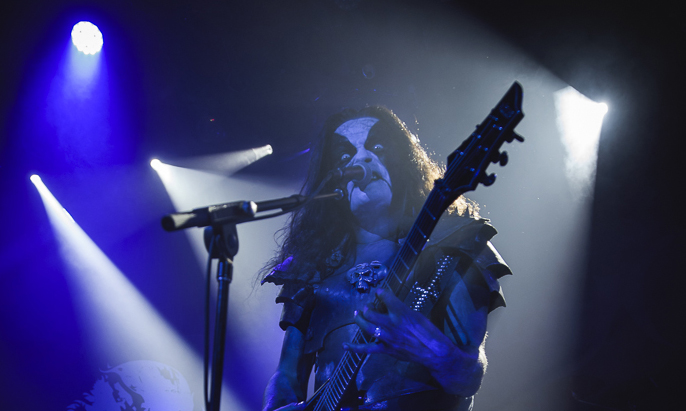

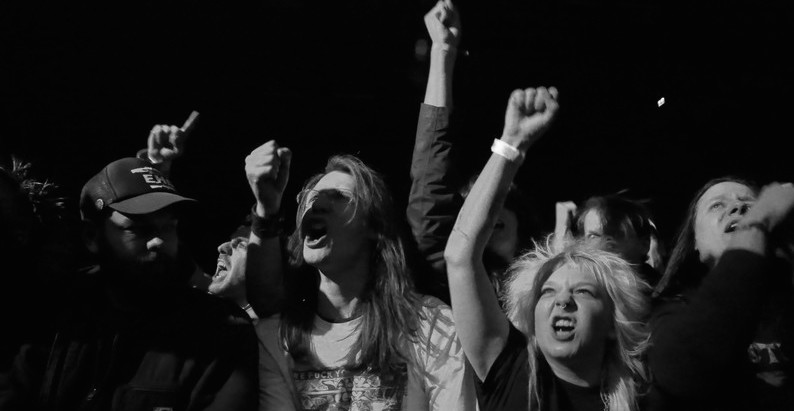
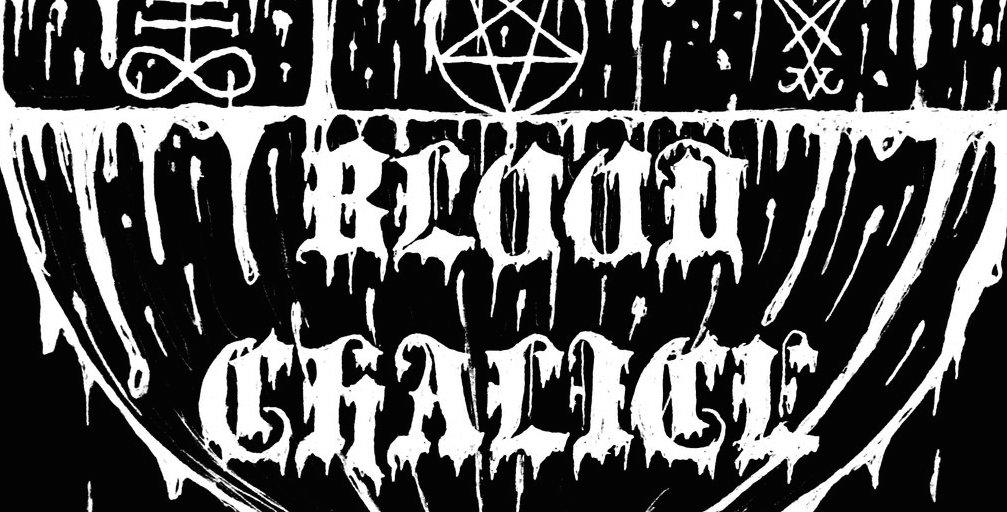
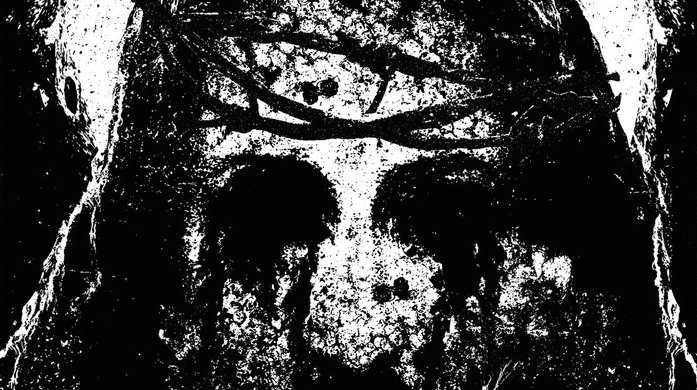
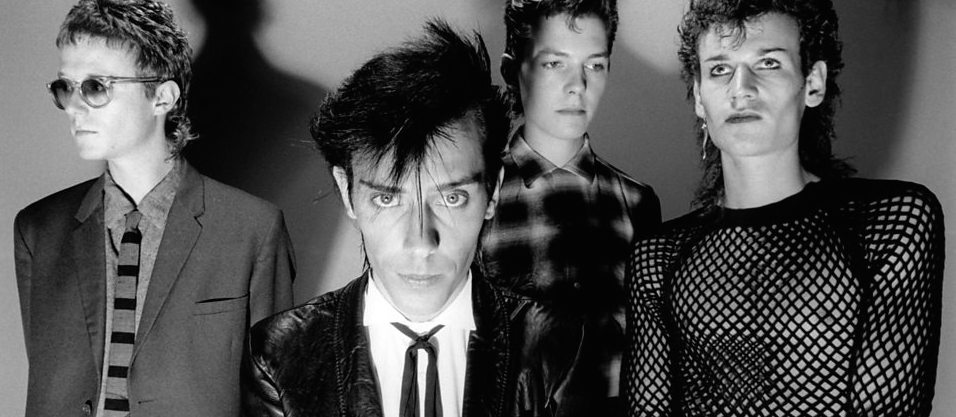

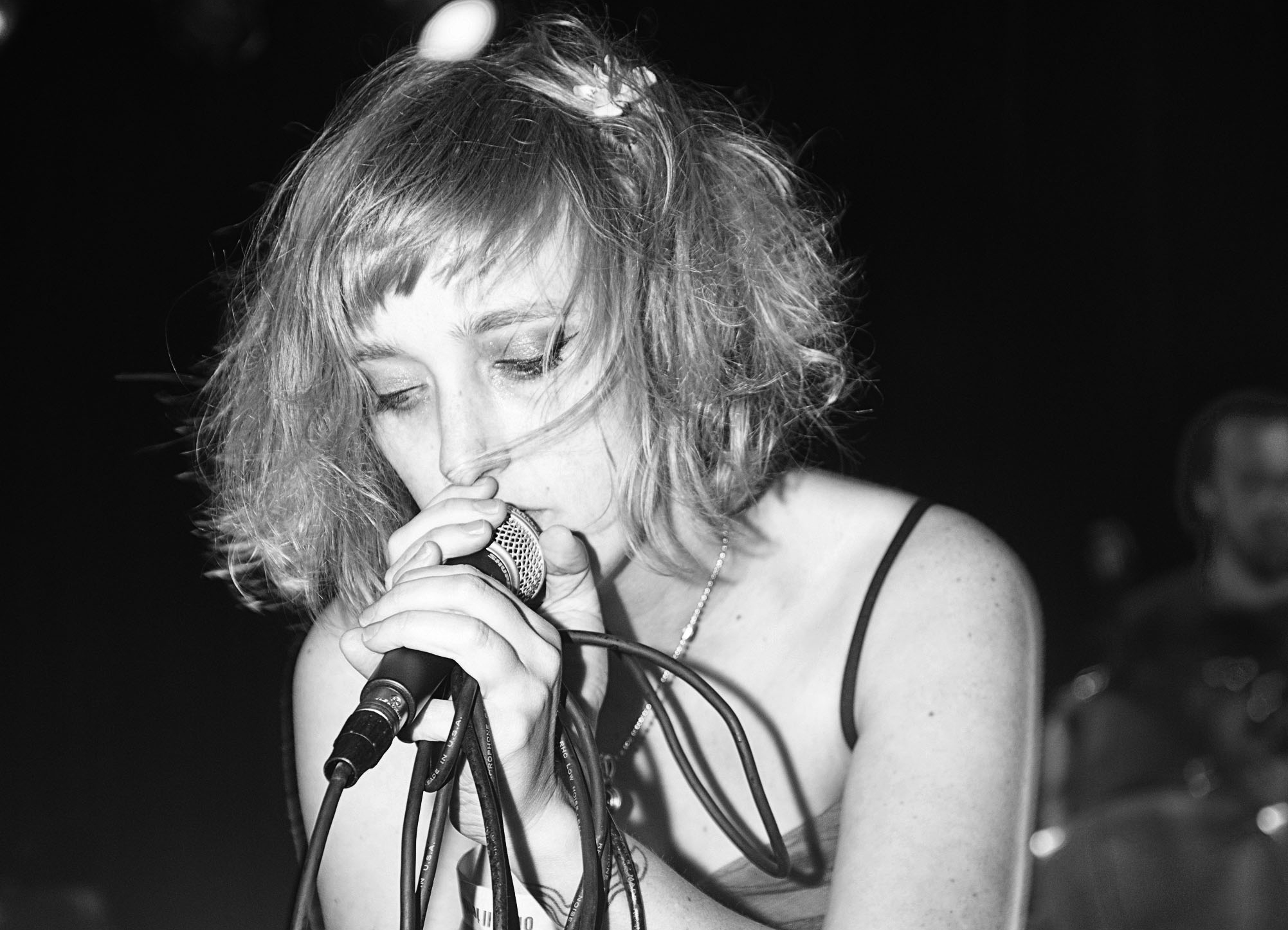
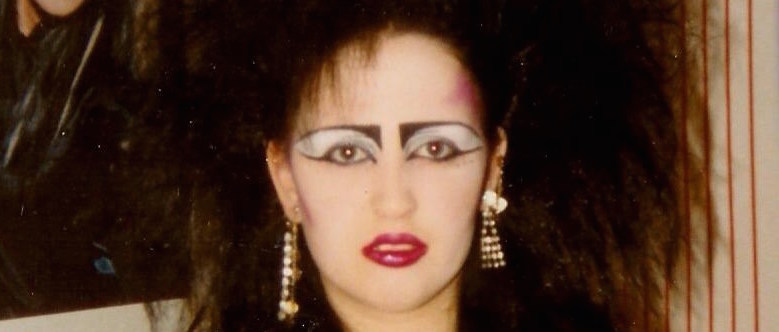
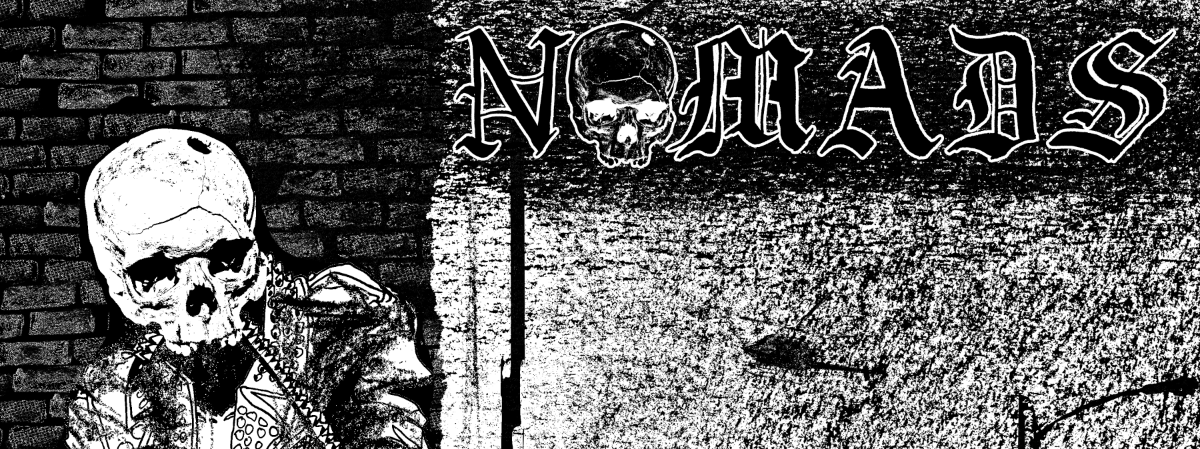
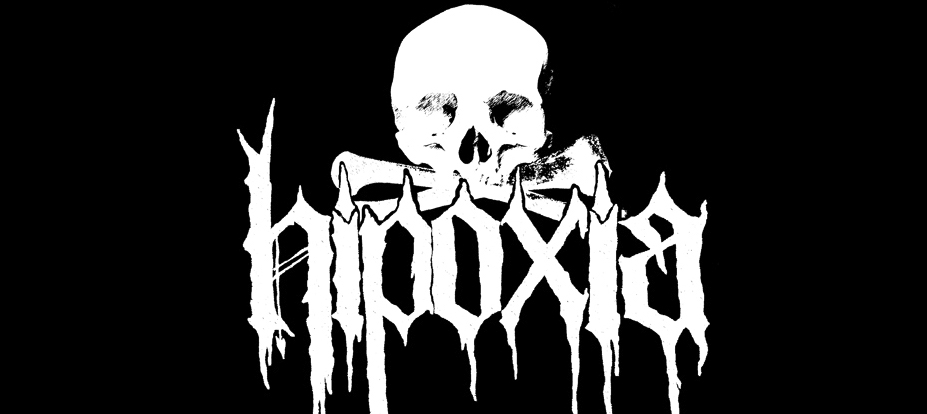
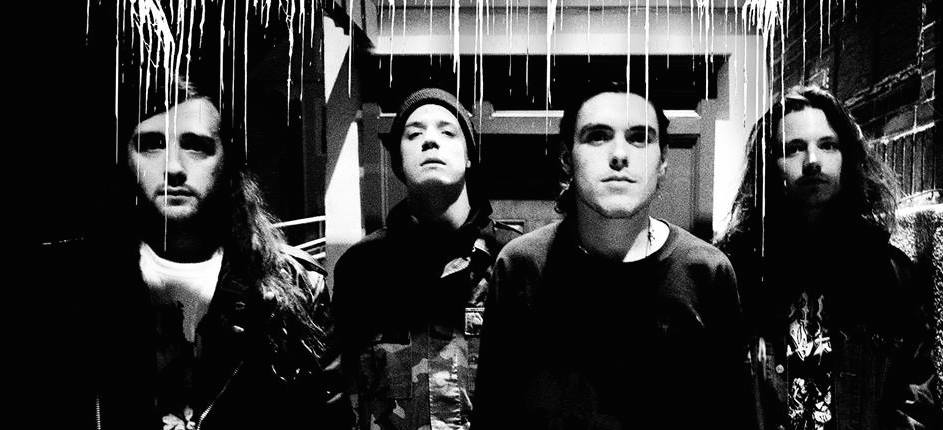
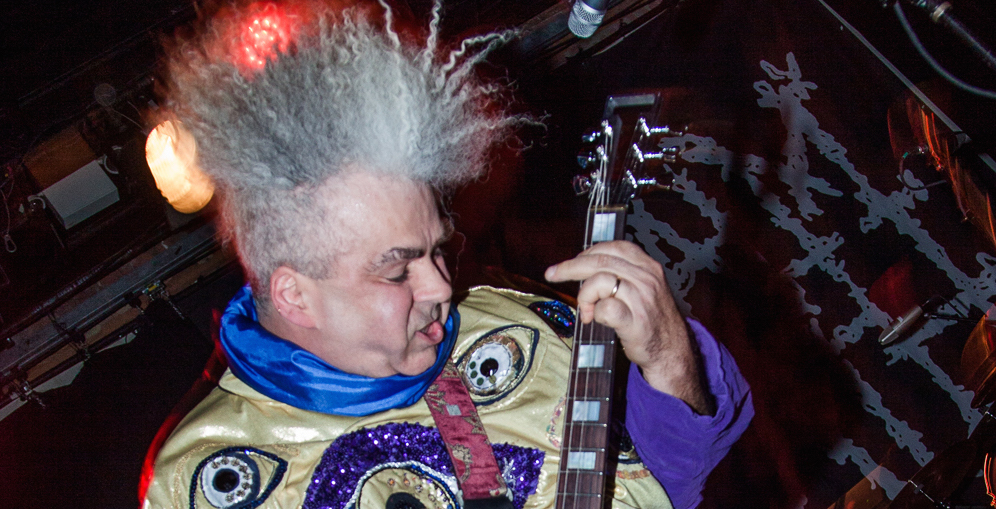

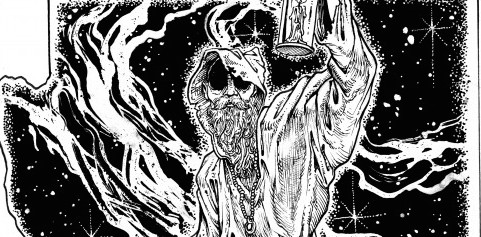
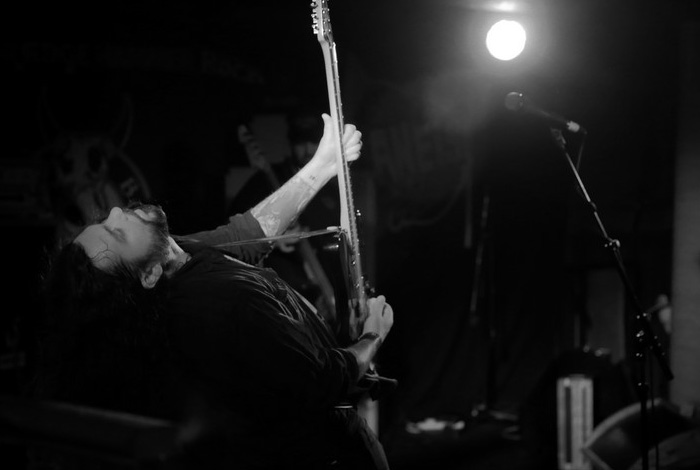
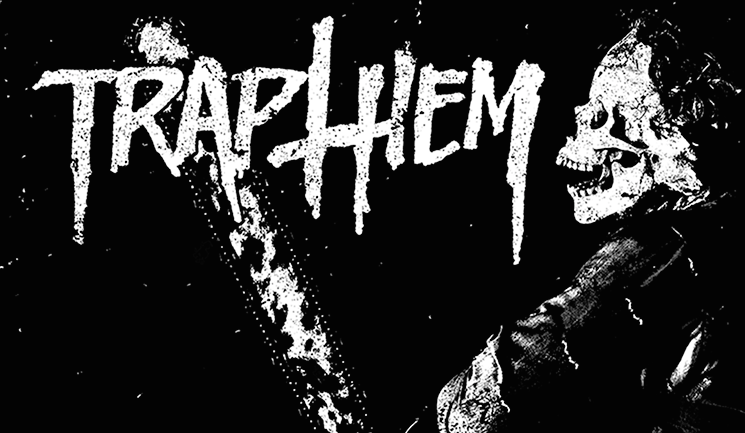

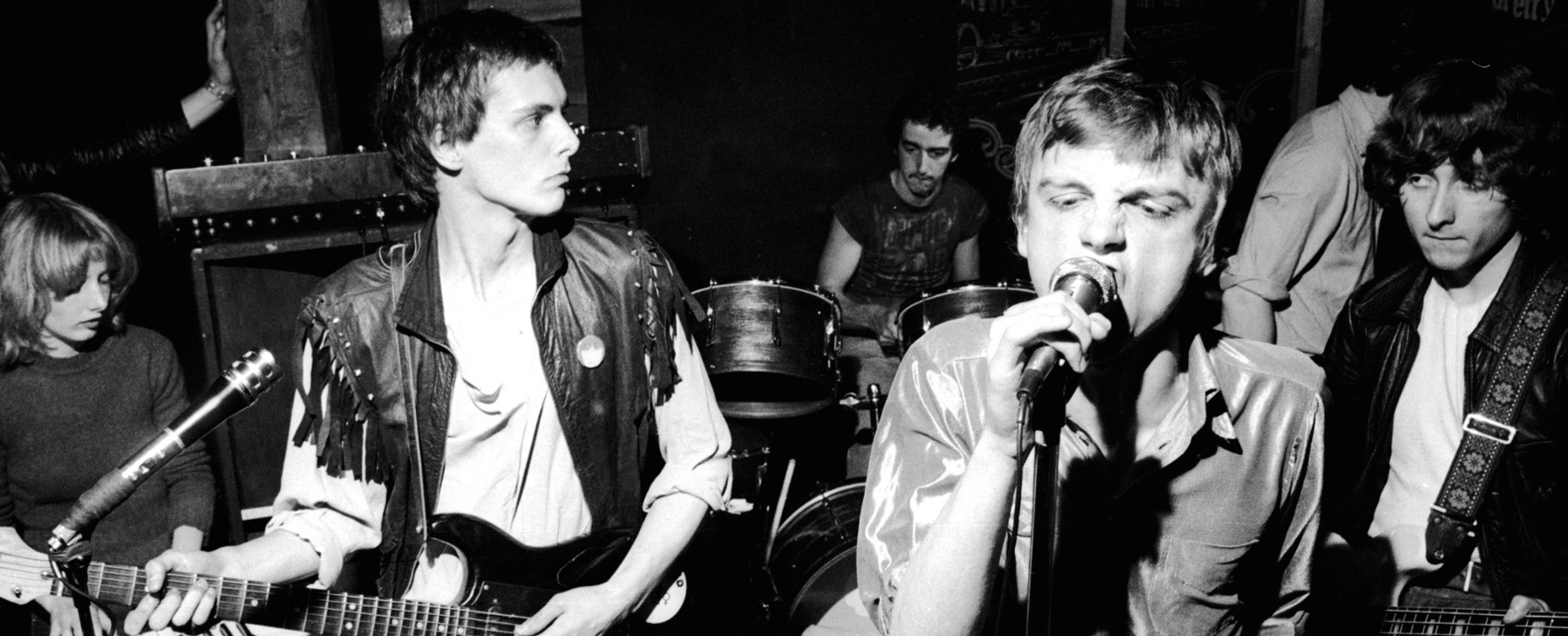
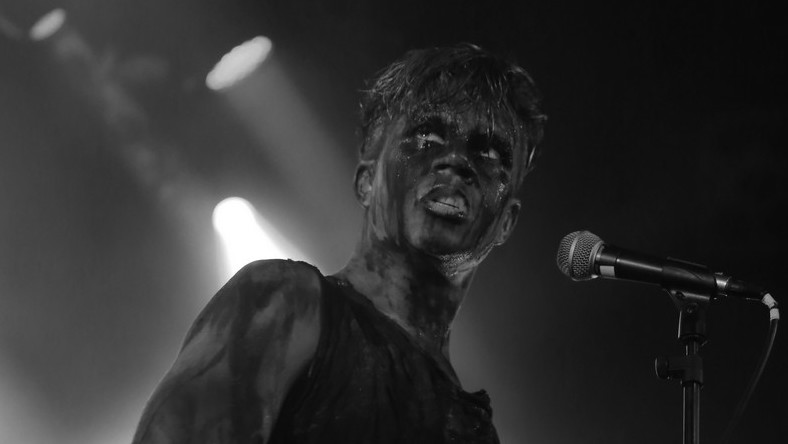
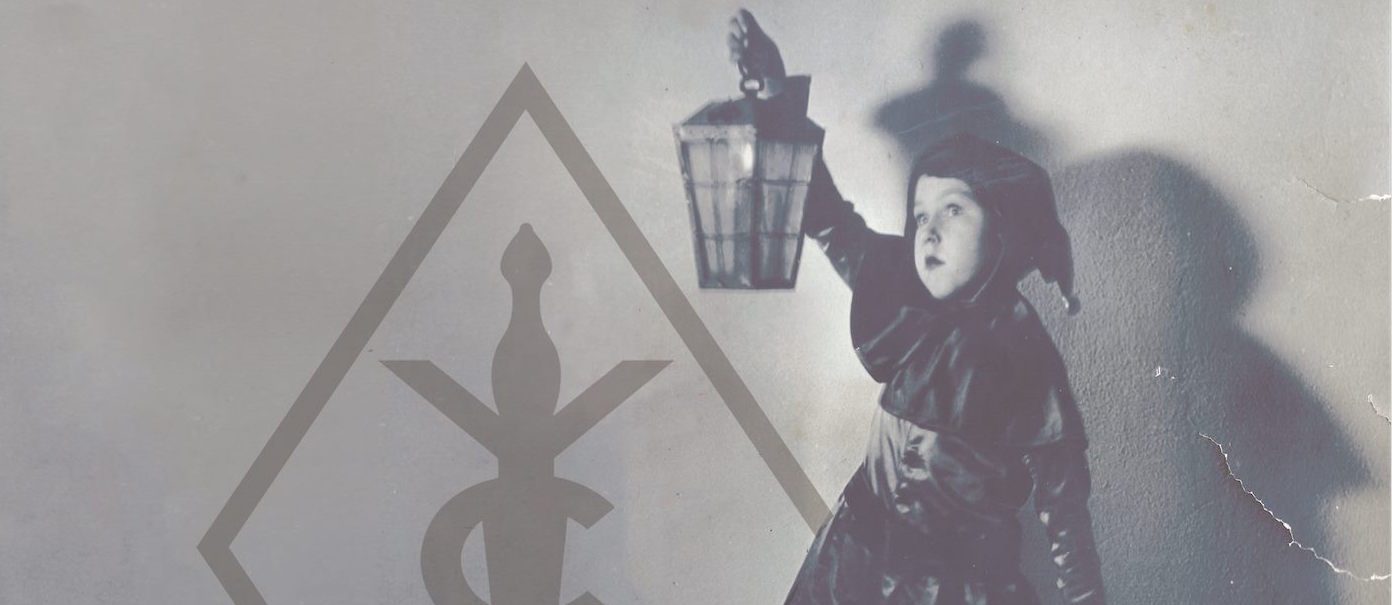

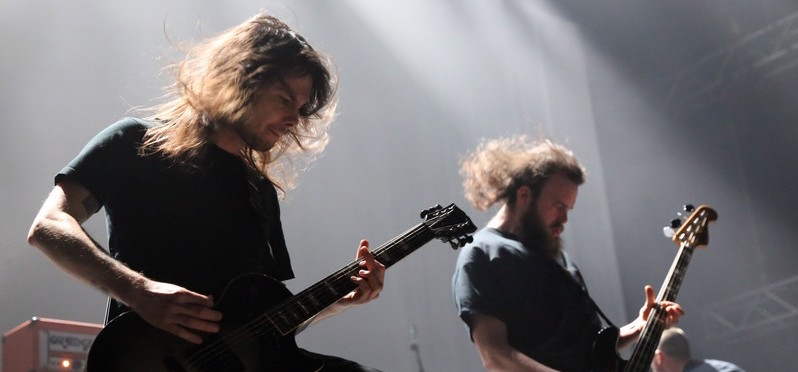

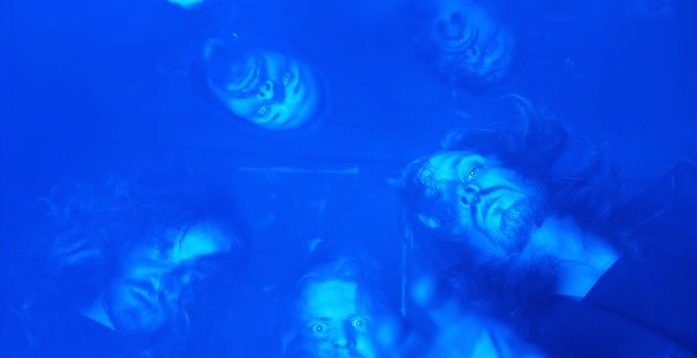
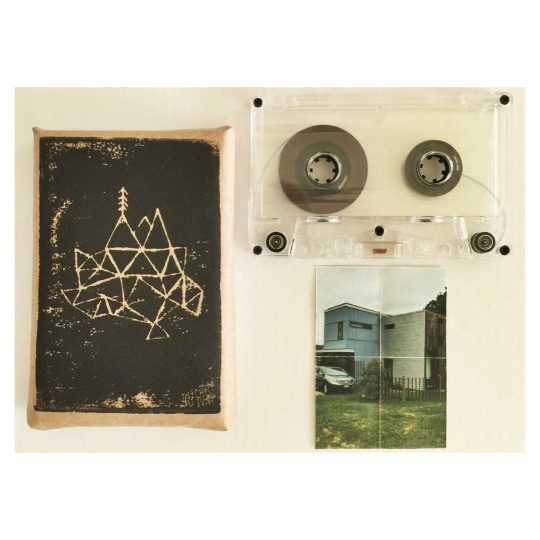

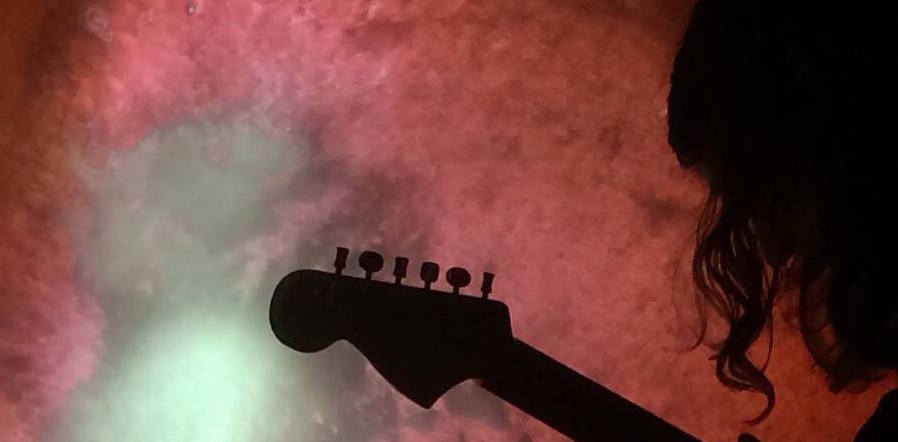

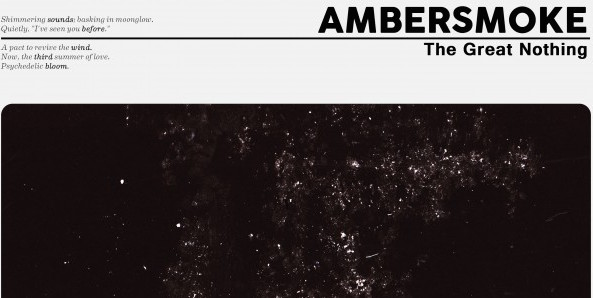
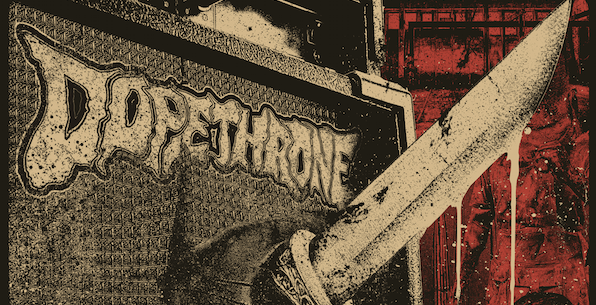


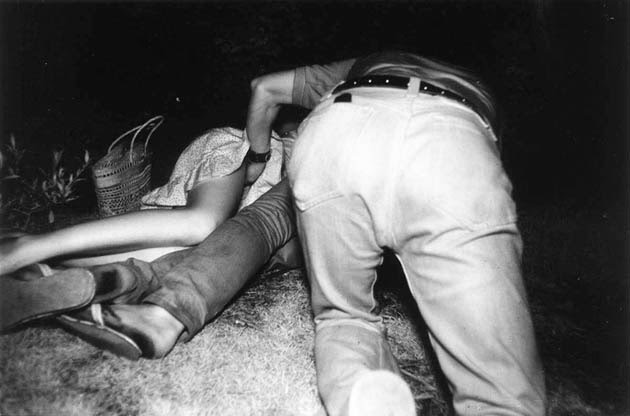
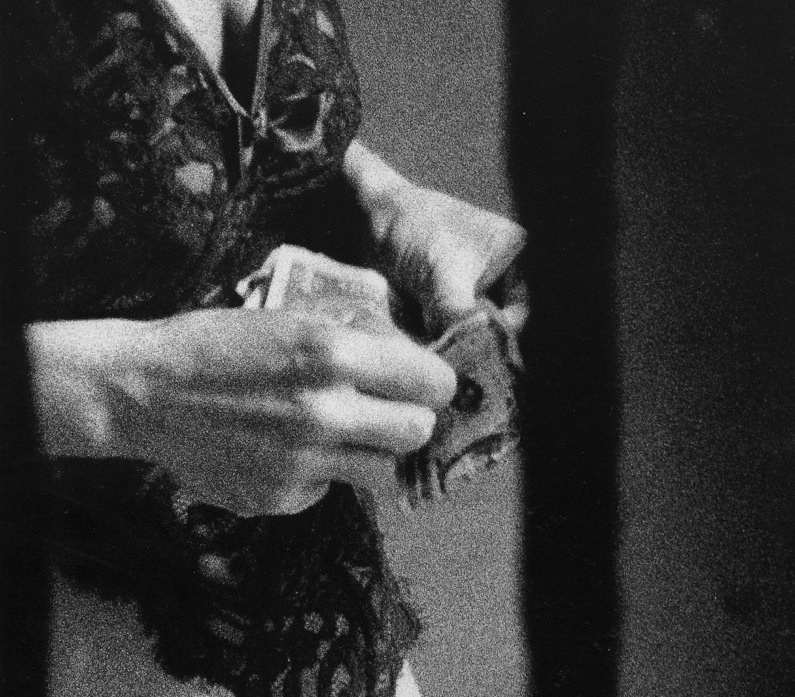

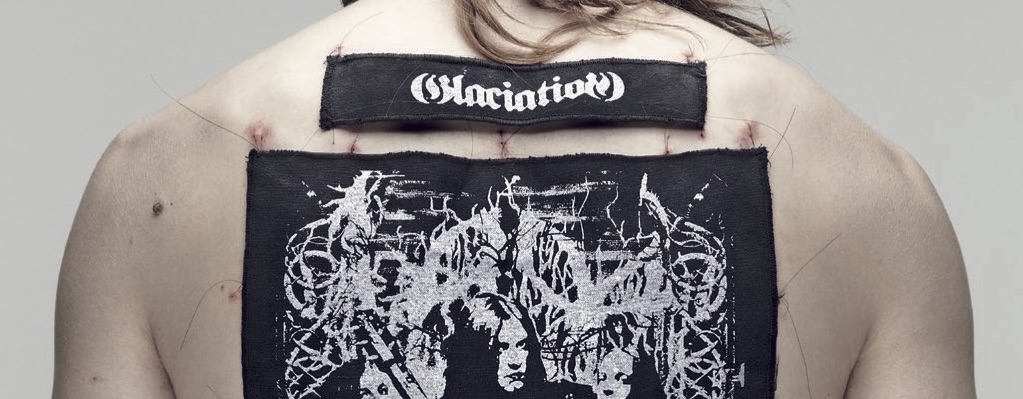

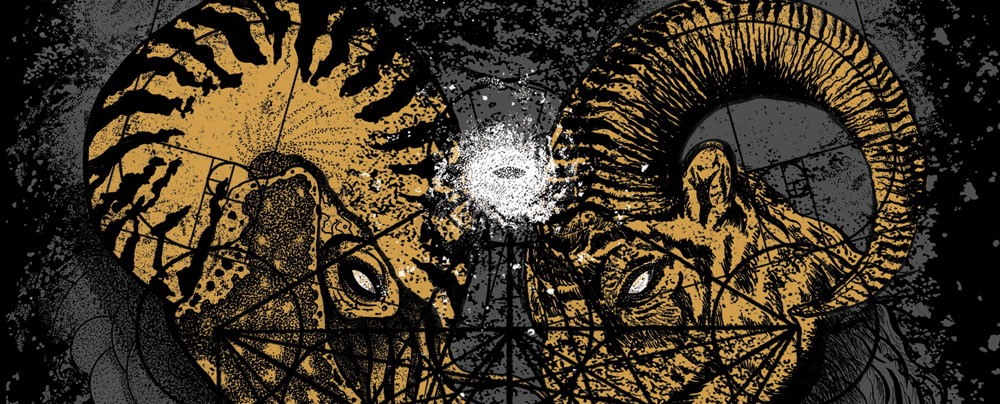

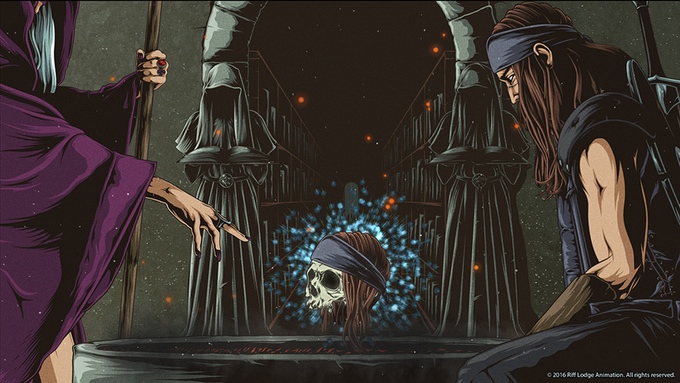
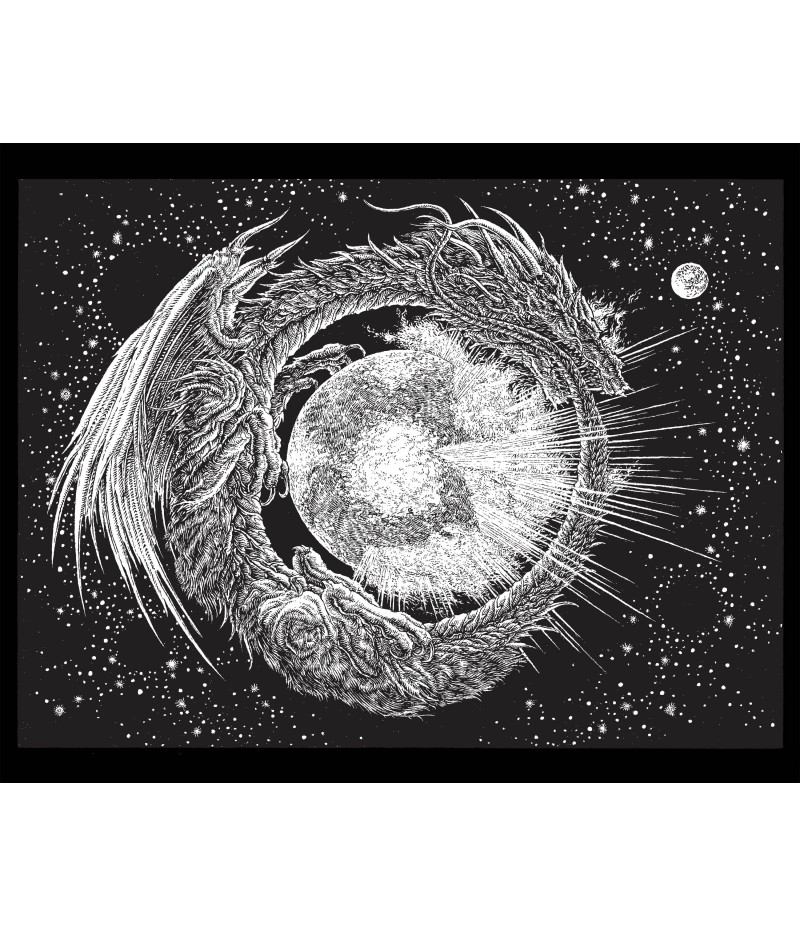
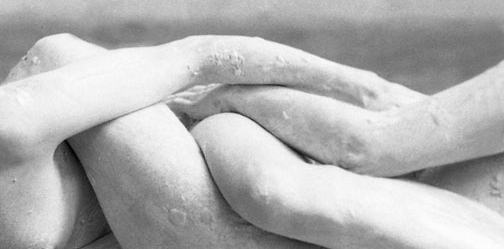
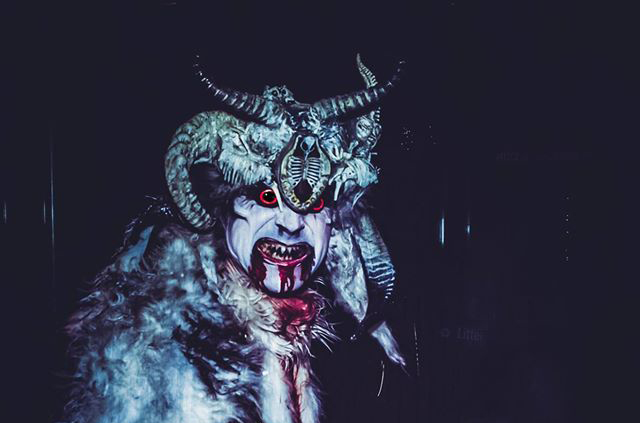
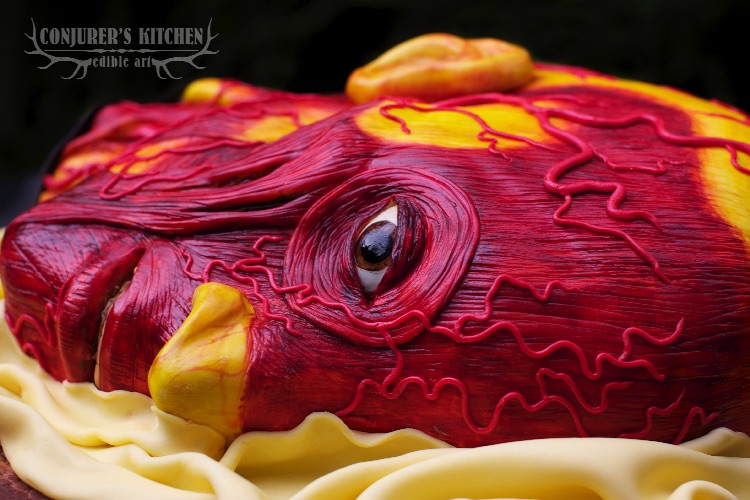
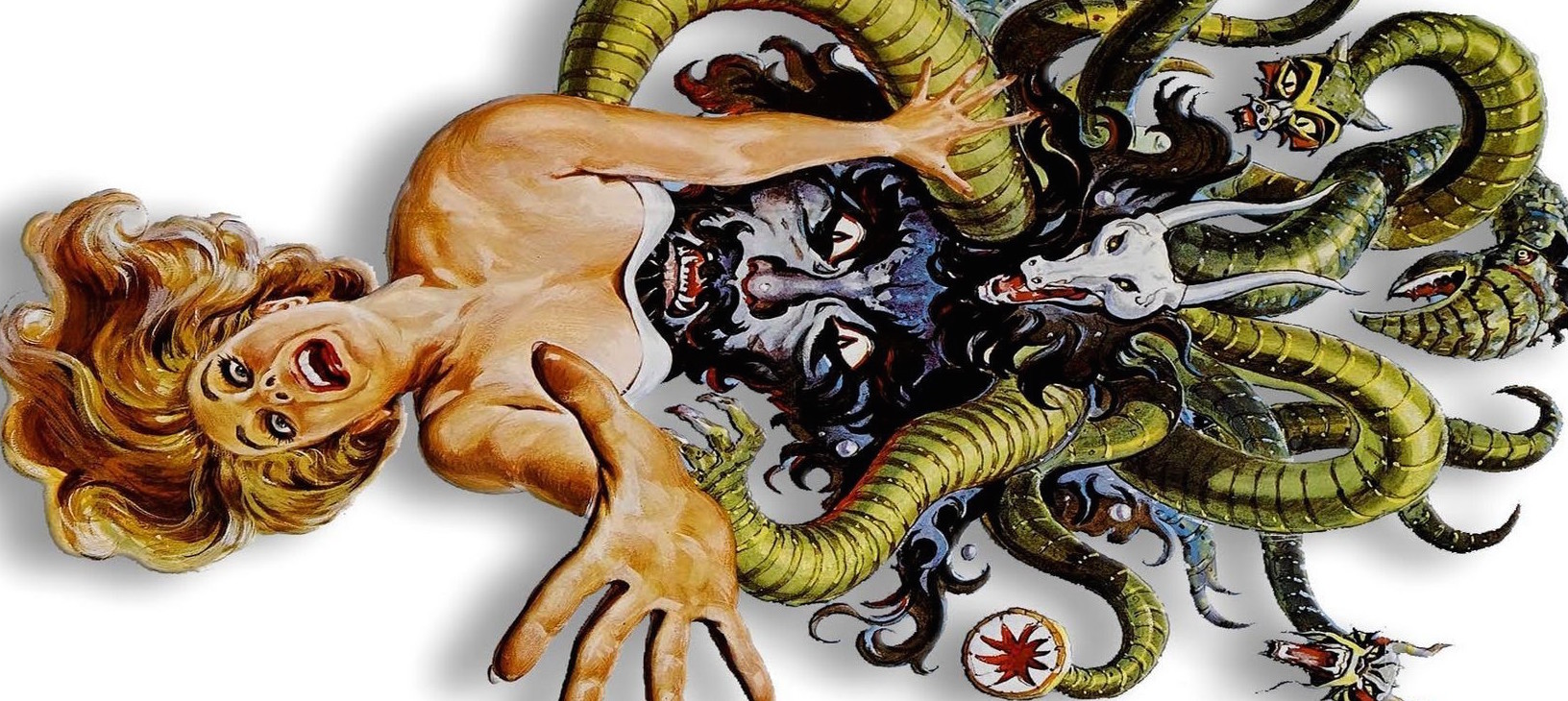

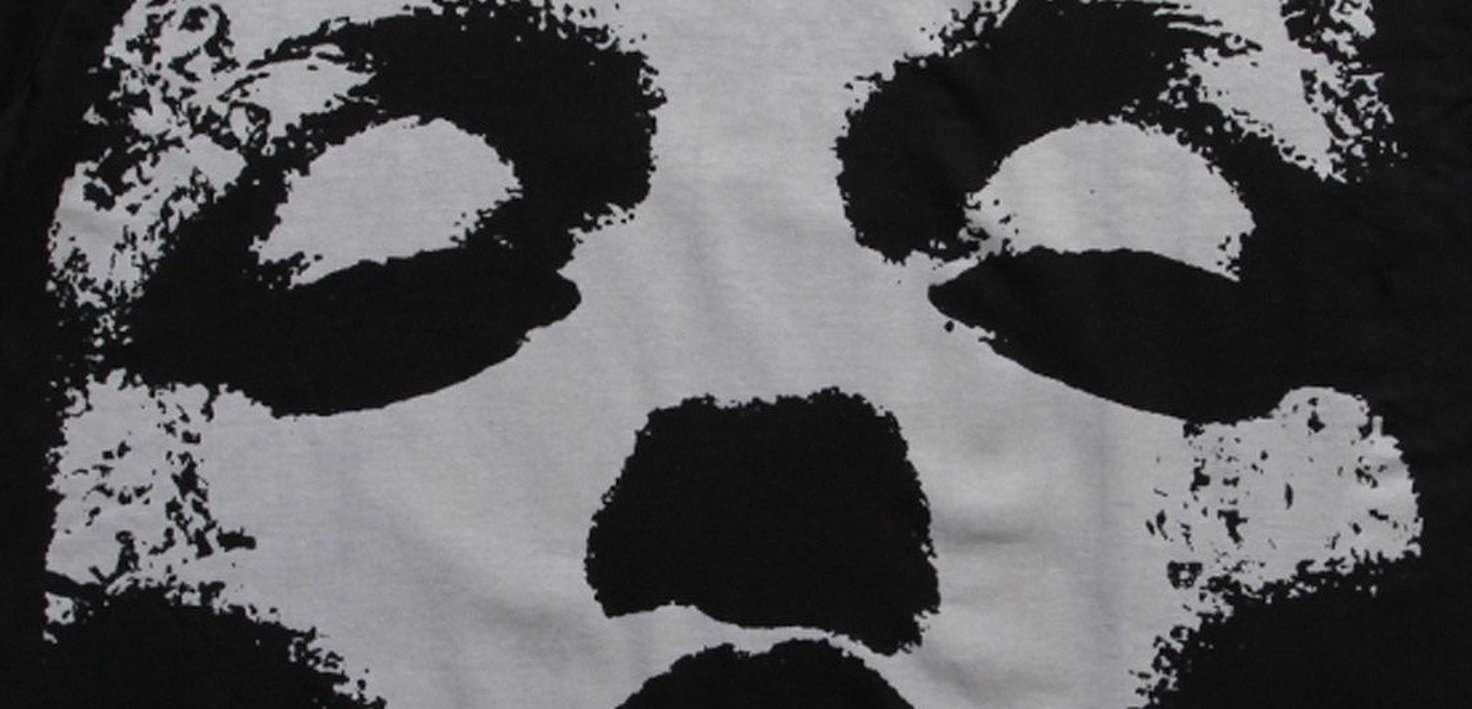
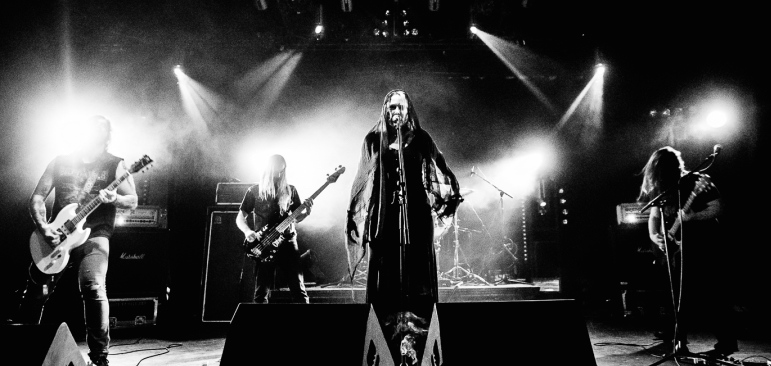
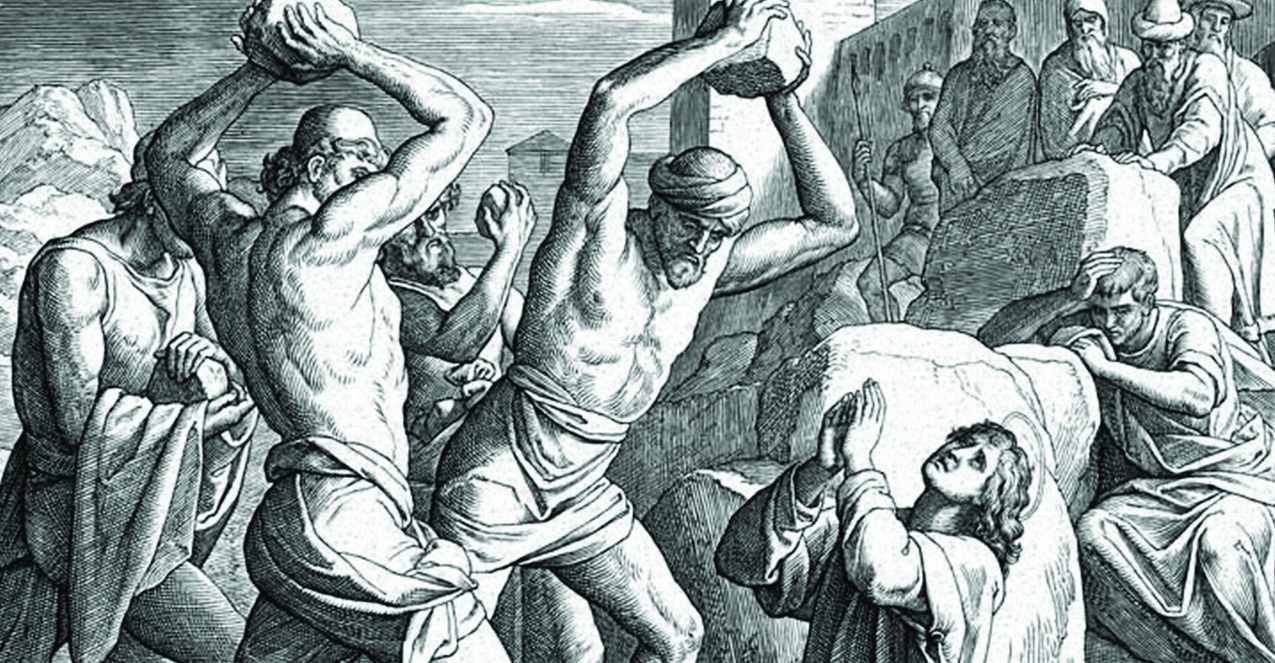
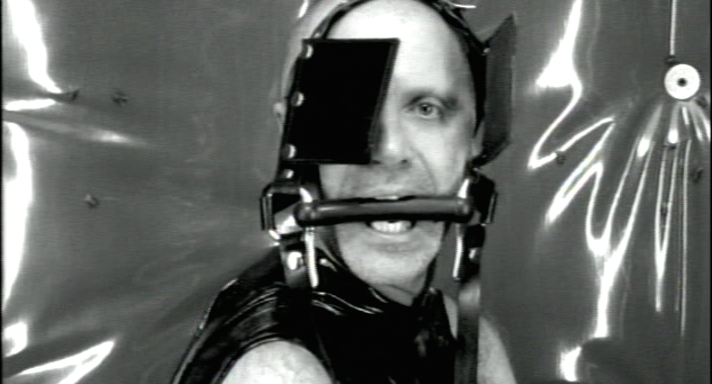

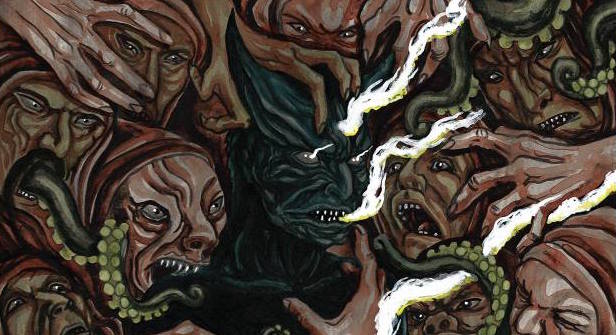
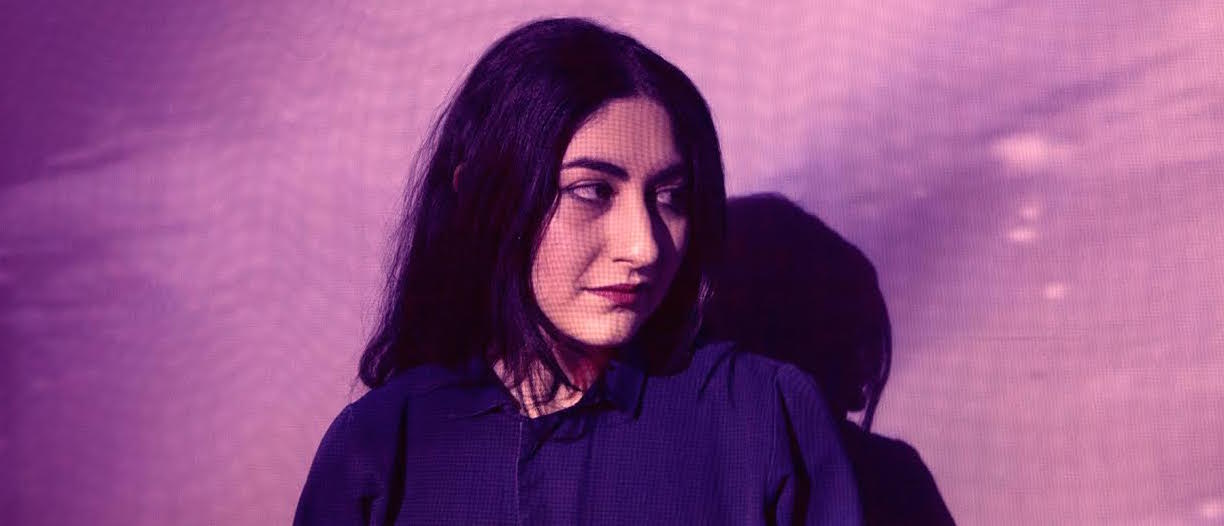
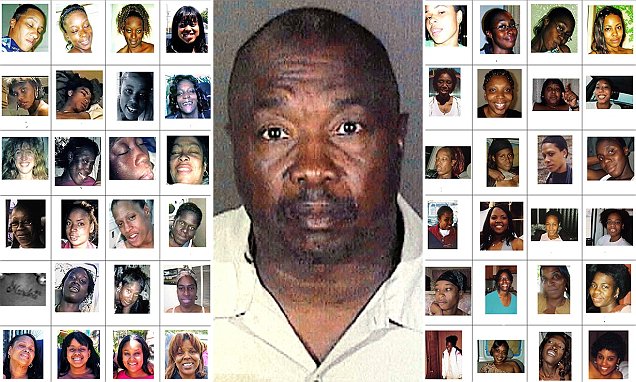
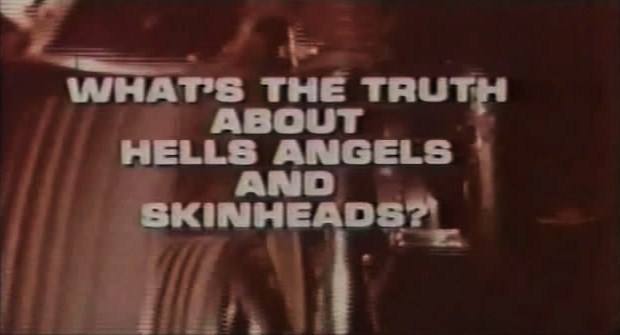
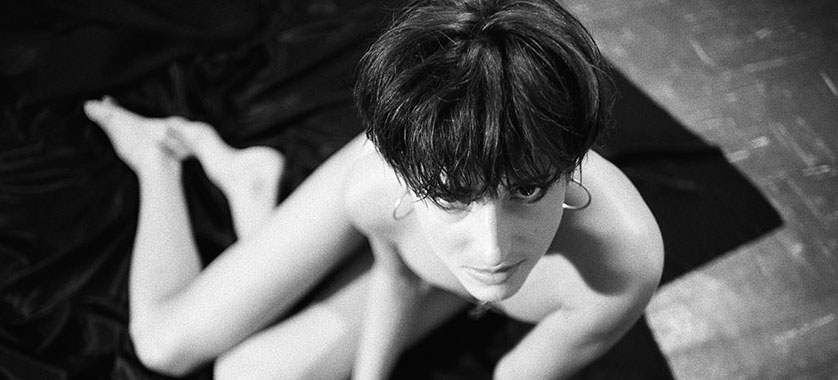


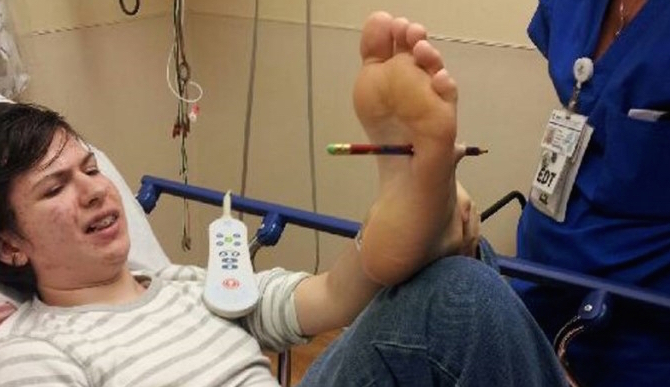

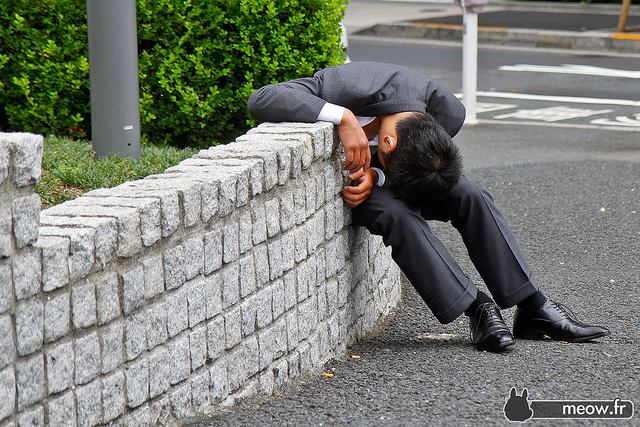



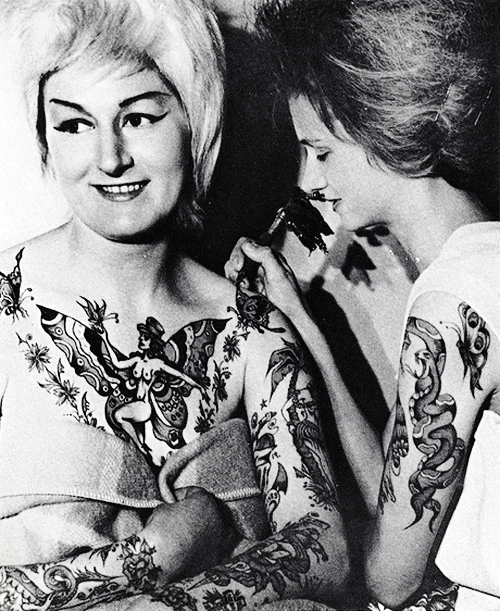

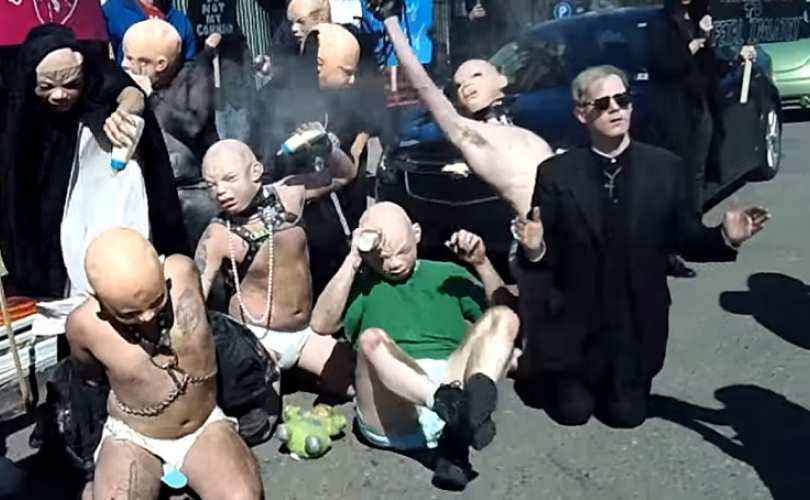


































Mykk Noise
October 21, 2014 at 1:07 am
and no buried at sea?
https://www.youtube.com/watch?v=WozpmMe59x4